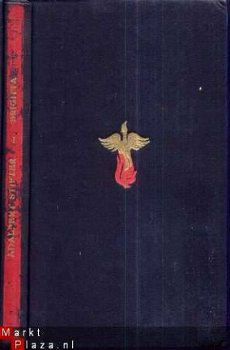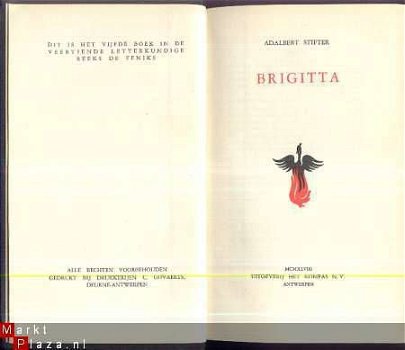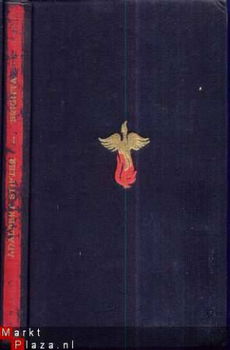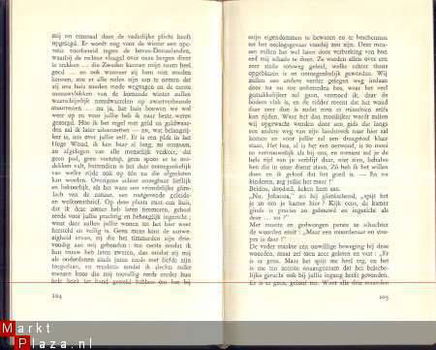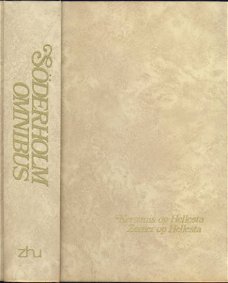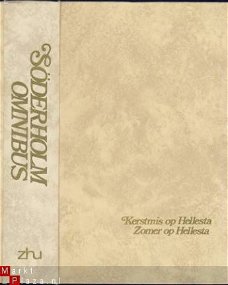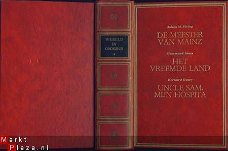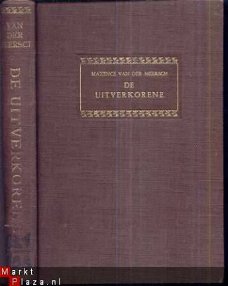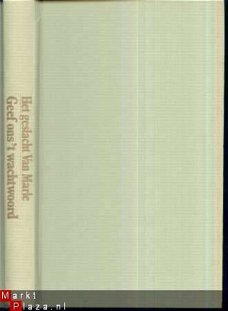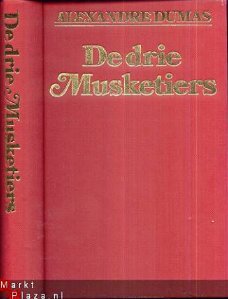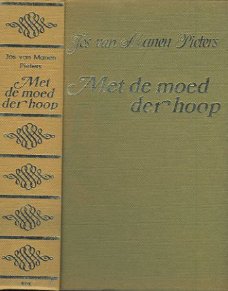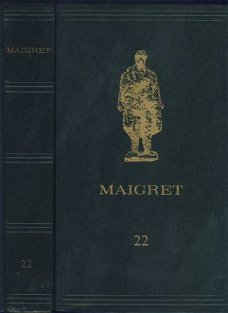
ADALBERT STIFTER ** BIGRITTA ** DER HOCHWALD ** 1948**KOMPAS
Kenmerken
- Conditie
- Gebruikt
- Levering
- Niet van toepassing
Omschrijving
ADALBERT STIFTER
** BIGRITTA ** DER HOCHWALD **
**1948**
UITGEVERIJ HET KOMPAS N.V. ANTWERPEN
ARTIKEL INVENTARIS CODE 8.440
FORMAAT 188 X 114 X 14 + 210 PGS + 220 GRS
VRZNDG IN BELGIE 2,35 EURO NR EUROPA 7,35 EURO
Adalbert Stifter (23 October 1805 – 28 January 1868) was an Austrian writer, poet, painter, and pedagogue. He was especially notable for the vivid natural landscapes depicted in his writing, and has long been popular in the German-speaking world, while almost entirely unknown to English readers.
Born in Oberplan, in Bohemia (now Horní Planá, Czech Republic), he was the eldest son of Johann Stifter, a wealthy linen weaver, and his wife, Magdalena. Johann died in 1817 after being crushed by an overturned wagon. Stifter was educated at the Benedictine Gymnasium at Kremsmünster, and went to the University of Vienna in 1826 to study law. In 1828 he fell in love with Fanny Greipl, but after a relationship lasting five years, her parents forbade further correspondence, a loss from which he never recovered. In 1835 he became engaged to Amalia Mohaupt, and they married in 1837, but the marriage was not a happy one. Stifter and his wife, unable to conceive, tried adopting three of Amalia's nieces at different times. One of the children ran away, and another, Juliana, disappeared and was found drowned in the Danube four weeks later.
Instead of becoming a state official, he became a tutor to the aristocrats of Vienna, and was highly regarded as such. His students included Princess Maria Anna von Schwarzenberg and Richard Metternich, son of Klemens Wenzel von Metternich. He also made some money from selling paintings, and published his first story, "Der Condor", in 1840. An immediate success, it inaugurated a steady writing career.
Stifter visited Linz in 1848, and moved there permanently a year later, where he became editor of the Linzer Zeitung and the Wiener Bote. In 1850 he was appointed supervisor of elementary schools for Upper Austria.
His physical and mental health began to decline in 1863, and he became seriously ill from cirrhosis of the liver in 1867. In deep depression, he slashed his neck with a razor on the night of 25 January 1868 and died two days later.
Stifter's work is characterized by the pursuit of beauty; his characters strive to be moral, and move in gorgeous landscapes luxuriously described. Evil, cruelty, and suffering rarely appear on the surface of his writing, but Thomas Mann noted that "behind the quiet, inward exactitude of his descriptions of Nature in particular there is at work a predilection for the excessive, the elemental and the catastrophic, the pathological." Although considered by some to be one-dimensional compared to his more famous and realistic contemporaries, his visions of ideal worlds reflect his informal allegiance to the Biedermeier movement in literature.
The majority of his works are long stories or short novels, many of which were published in multiple versions, sometimes radically changed.
Stifter's Der Nachsommer (1857) and Gottfried Keller's Der Grune Heinrich were named the two great German novels of the 19th century by Friedrich Nietzsche. Der Nachsommer is considered one of the finest examples of the Bildungsroman, but received a mixed reception from critics at the time. Friedrich Hebbel offered the crown of Poland to whoever could finish it, and called Stifter a writer only interested in "beetles and buttercups."
Witiko is a historical novel set in the 12th century, a strange work panned by many critics, but praised by Hermann Hesse and Thomas Mann. Dietrich Bonhoeffer found great comfort from his reading of Witiko while in Tagel Prison under Nazi arrest.
He was named as an influence by W. G. Sebald, and both W. H. Auden and Marianne Moore admired his work, the latter co-translating Bergkristall as Rock Crystal with Elizabeth Mayer in 1945. Thomas Mann was also an admirer of Stifter, calling him "one of the most extraordinary, the most enigmatic, the most secretly daring and the most strangely gripping narrators in world literature."
[edit] Works
Julius (1830)
Der Condor (3 vols. 1839)
Feldblumen ("Field Flowers") (1841)
Das alte Siegel (1844)
Die Narrenburg (1844)
Studien (6 vols. 1844-1845)
Das Haidedorf ("The Village on the Heath") (1840)
Der Hochwald (1841)
Abdias (1842)
Brigitta (1844)
Der Hagestolz (1845)
Der Waldsteig (1845)
Der beschriebene Tännling (1846)
Der Waldgänger ("The Wanderer in the Forest") (1847)
Der arme Wohltäter (1848)
Prokopus (1848)
Die Schwestern ("The Sisters") (1850)
Bunte Steine ("Colorful Stones") (2 vols., 1853)
Granit ("Granite")
Kalkstein ("Limestone")
Turmalin ("Tourmaline")
Bergkristall ("Rock Crystal")
Katzensilber ("Muscovite")
Bergmilch ("Rockmilk")
Der Nachsommer ("Indian Summer") (1857)
Die Mappe meines Urgrossvaters (1864)
Nachkommenschaften (1865)
Witiko (3 vols., 1865-1867)
Der Kuß von Sentze (1866)
Erzählungen ("Tales") (1869)
